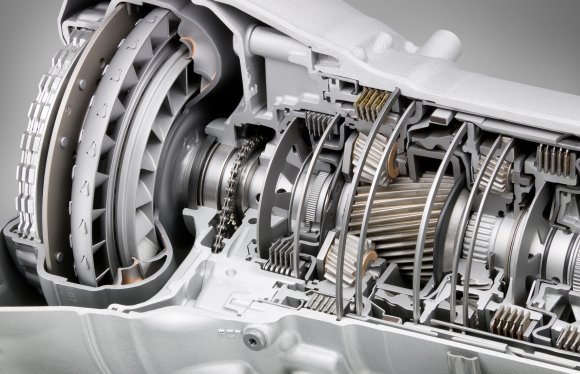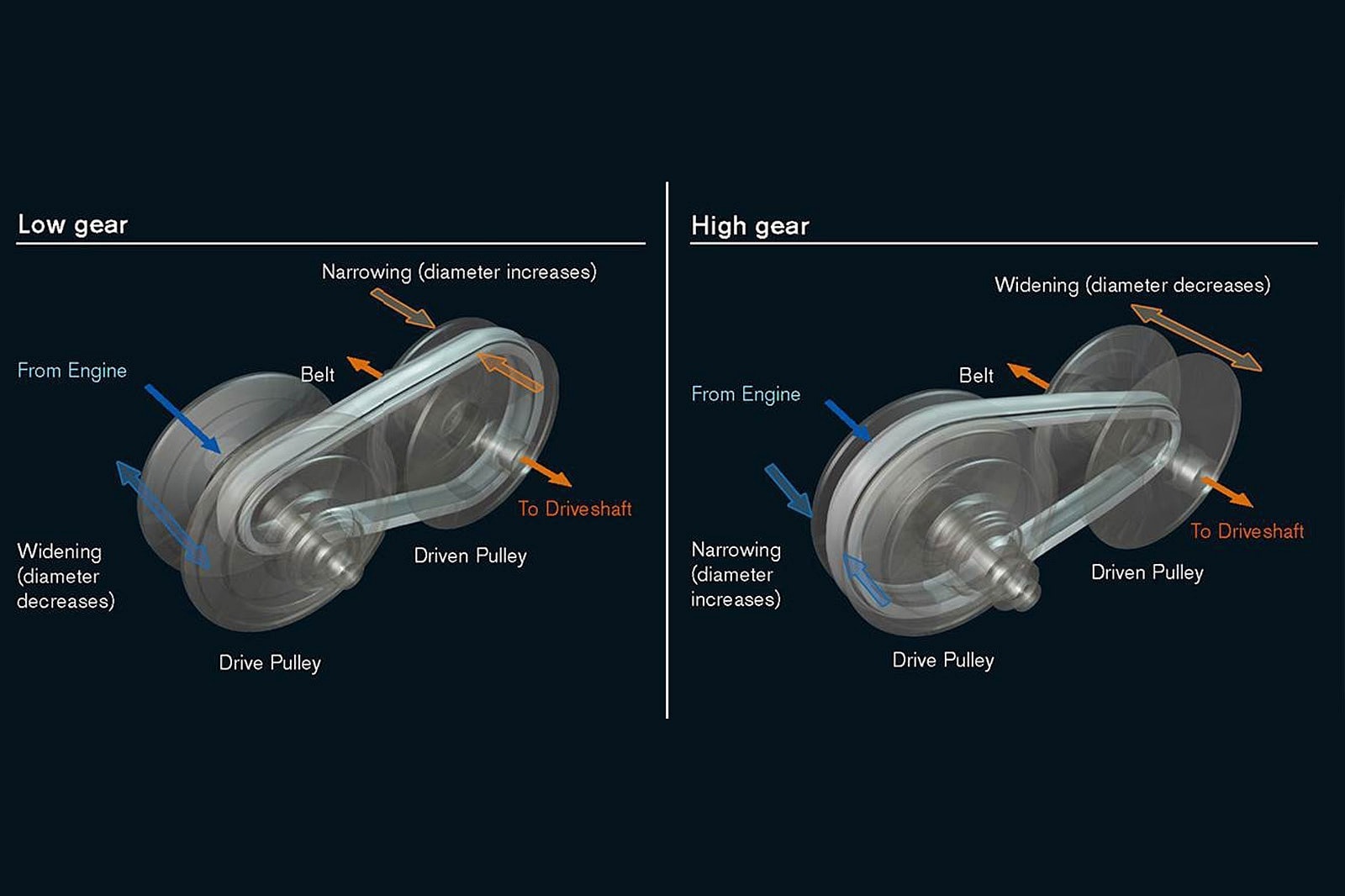Transmission system in automotive technology
Introduction
The transmission system in a vehicle serves as the vital link between the engine and the wheels, enabling power transfer and control over the vehicle's speed and torque. Over the years, various transmission technologies have been developed, each with its own advantages and applications. This article aims to provide an overview of different types of transmission systems commonly used in automotive and industrial settings.
1.Manual Transmission
Manual transmission, also known as a standard or stick shift, is one of the oldest and most widely used transmission systems. It allows the driver to manually select and engage gears using a clutch pedal and gear shifter. Manual transmissions provide a high level of control over the vehicle's performance and are often favored by enthusiasts for their engagement and responsiveness.
2.Automatic Transmission
Automatic transmission systems have gained popularity due to their ease of use and convenience. They automatically shift gears based on vehicle speed, engine load, and other factors. The driver only needs to select the desired driving mode (e.g., Park, Reverse, Drive) and control the vehicle's speed using the accelerator and brake pedals. Automatic transmissions offer a smooth driving experience and are commonly found in passenger vehicles.
3.Continuously Variable Transmission (CVT)
CVT is a type of automatic transmission that offers an infinite number of gear ratios, allowing the engine to operate at its most efficient speed for improved fuel economy. Instead of using fixed gears, CVTs use a system of belts, pulleys, or chains to provide seamless acceleration without discrete gear shifts. CVTs are commonly used in smaller cars and some hybrid vehicles.
4.Dual-Clutch Transmission (DCT)
Dual-clutch transmission combines the benefits of manual and automatic transmissions. It utilizes two separate clutches to engage odd and even gears simultaneously, allowing for lightning-fast gear changes without interrupting power delivery. DCTs provide improved fuel efficiency and performance, making them popular in high-performance vehicles.
5.Automated Manual Transmission
AMT is a hybrid between manual and automatic transmissions. It retains the basic layout of a manual transmission but replaces the conventional clutch pedal with an electro-hydraulic or electro-pneumatic actuator. AMTs provide the convenience of automatic shifting without sacrificing the control of gear selection, making them cost-effective alternatives in commercial vehicles.
6.Dual-Range Transmission
Dual-range transmissions, commonly found in off-road vehicles and SUVs, offer additional low-range gears for enhanced torque and climbing ability. They provide a "creeper" gear ratio for slow-speed maneuvering and a "high" range for regular driving conditions. Dual-range transmissions are particularly useful in challenging terrains and towing applications.
Conclusion
The transmission system plays a crucial role in the performance and efficiency of vehicles. This article has provided an overview of six different types of transmission systems: manual, automatic, continuously variable transmission (CVT), dual-clutch transmission (DCT), automated manual transmission (AMT), and dual-range transmission. Each transmission type offers unique benefits and is suitable for specific applications and driving preferences. The continuous advancements in transmission technology aim to improve fuel efficiency, power delivery, and overall driving experience. As technology evolves, it is essential to consider factors such as vehicle type, intended use, and driver preferences when selecting the most appropriate transmission system.







































